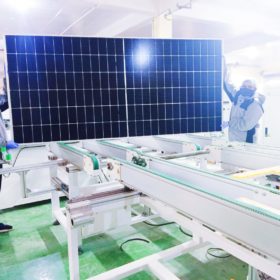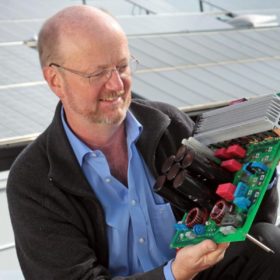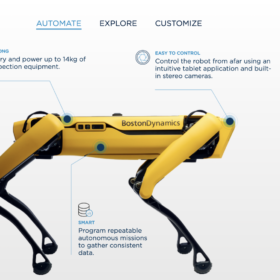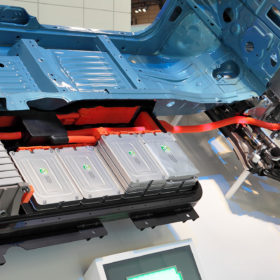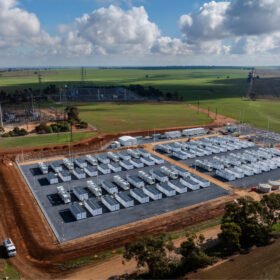Indian manufacturer doubles module capacity to 1GW with new fab
Indian solar company Saatvik Solar’s new facility in Haryana is equipped to make mono PERC, half-cut, multi-busbar technology, to produce high-efficiency PV modules with 530-610Wp of power output.
Fraunhofer ISE reaches legal settlements with seven inverter manufacturers who infringed its patent
In 2002, the Fraunhofer ISE patented the HERIC circuit for highly efficient inverters. Since then, the institute says, it has recorded out-of-court settlements in seven patent infringement lawsuits against companies from China, Taiwan and Germany.
Robot dog for PV plant monitoring
Spanish renewable energy company Acciona is using a robot dog, instead of drones, to monitor a solar park in northern Chile. The device has a built-in thermal vision system that generates thermographic reports on the status of the different PV plant components, as it walks between the panel rows following a programmed route.
Saturday read: the actual, real demand for green hydrogen
Green hydrogen is being proposed for an ever-wider variety of uses. While some of these are still a way off, others make little sense. But there are sectors where demand for green hydrogen is a reality today, writes Christian Roselund.
India targets domestic production with 40% PV import duty, boost to manufacturing-linked incentive
India’s Union Budget, presented this week by Finance Minister Nirmala Sitharaman, allocates an extra INR 19,500 crore ($3.6 billion) to the production-linked incentive scheme for solar from April.
Indian battery cell production scheme gets bids for 130 GWh
India’s production-linked incentive scheme for advance-chemistry battery cell production has received bids for 2.6 times more than the 50 GWh of manufacturing capacity it plans to allocate.
Weekend read: Indium – sustainability, not supply
The supply of indium, both for layers in silicon solar cells and some thin-film PV technologies, is increasingly seen as a future potential bottleneck that solar and other industries relying on the material will have to manage. Resolving indium supply concerns may be a case of rethinking mining waste and recycling, reports Ian Morse.
Five things every solar expert should know about EV charging
Having working in the Australian solar industry for more than a decade, Dane Muldoon recently moved into the world of electric vehicles and fast charging, joining Tritium. These are the five most surprising things he’s learned since changing industries.
‘Don’t Look Up’: Hollywood’s primer on climate denial illustrates 5 myths that fuel rejection of science
Every disaster movie seems to open with a scientist being ignored. ‘Don’t Look Up’ is no exception – in fact, people ignoring or flat out denying scientific evidence is the point.
Getting real about the hydrogen economy
Hydrogen is frequently touted as a major player in decarbonisation, and it is. But it will only be used at scale much later, and at a much lower level than solar and wind.
